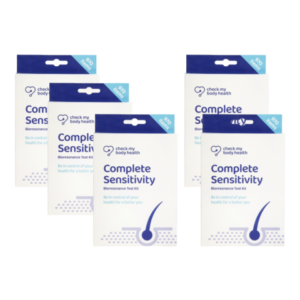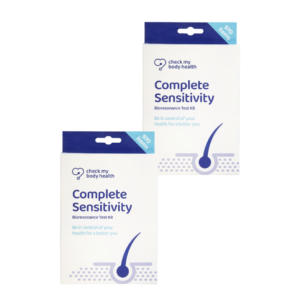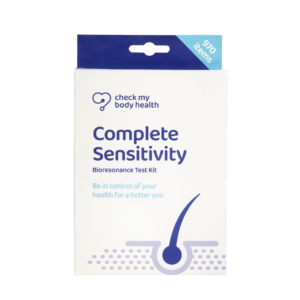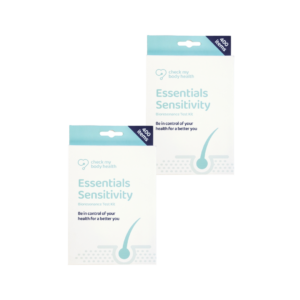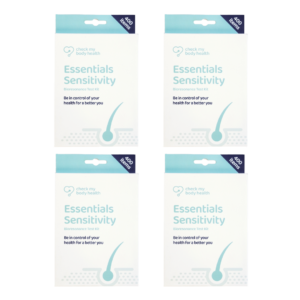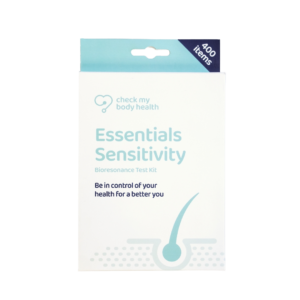Published Oct 17, 2020
According to Diabetes UK, 4.7 million people in the UK have diabetes. The most common form of diabetes is Type 2 diabetes. The disheartening rise in obesity rates is the leading reason so many people are now living with the condition.
60% of adults in the UK are overweight or obese, and while not all cases of Type 2 diabetes are due to being overweight, it is the number one risk factor for developing the disease.
Other causes of Type 2 diabetes include a family history of diabetes, lack of physical activity or sedentary lifestyle, high blood pressure and the most common – a poor, highly processed and high-sugar diet.
What exactly is Type 2 diabetes?
Type 2 diabetes is a metabolic disorder that occurs when the body cannot produce enough insulin to function properly, or when the body does react effectively to insulin. This is known as insulin resistance.
The good news is that Type 2 diabetes can be preventable and reversible with certain diet and lifestyle changes.
4 steps to prevent or reverse diabetes
1. Eliminate / limit items in your diet
High carbohydrate foods
When eating foods that are high carbohydrate, more sugar is absorbed into the bloodstream resulting in higher blood sugar. White bread, white rice, fruit juices, chocolate bars, potatoes, flavoured yoghurts, dried fruits are all high-carbohydrate foods.
Even certain fruits contain a high amount of naturally occurring sugars. Examples are grapes, pineapples and mangos. While these offer some health benefits, people who have Type 2 diabetes (or feel they are at high risk of getting it) should limit their intake of these fruits.
Alcohol
Too much alcohol can rapidly increase blood sugar and also cause damage to the liver. There is a nearly 50% increased incidence of Type 2 diabetes associated with alcohol consumption of three or more drinks daily. The worst offenders are flavoured spirits or beers. It would be advised to limit your intake to a maximum of three drinks per week and opt for spirits mixed with tonic and fresh lime rather than fizzy drinks or sugary fruit juices.
Hydrogenated fats
Completely remove hydrogenated fats and oils from your diet. Hydrogenation can turn oils such as vegetable oil, soybean oil and canola, into what is known as trans fats. These have unfortunately become a key ingredient for some packaged snacks, baked items, stick margarine, shortening and fast foods. While products containing trans fats are beginning to be phased out, in the meantime, avoid products made with hydrogenated or partially hydrogenated oils.
2. Include in your diet
Foods high in fibre
High-fibre foods help slow down the absorption of glucose, balance blood sugar levels and support detoxification. Aim for at least 30 g of fibre daily; good sources include pears, avocados, raspberries, carrots, artichoke, lentils, nuts, chia seeds and flaxseeds.
Combine protein with carbohydrates
Protein takes longer to digest, and when combined with carbohydrate can slow down the release of the sugars from the carbohydrate. This will help you avoid a potential spike, maintaining balanced blood sugar levels. For example, if you are having a banana, try having a teaspoon of almond butter with it, or swap jam on toast for scrambled eggs on wholegrain toast.
Foods high in chromium
Chromium is required for the insulin receptor to work, and helps to reverse insulin resistance and naturally balance out blood sugar levels. Food sources of chromium include broccoli, oranges, green beans and wholegrain foods and brewers yeast.
Foods high in magnesium
Magnesium can help to balance blood sugar levels due to its role in glucose metabolism. Diabetes is often linked to magnesium deficiency. Eating magnesium-rich foods, like avocados, almonds, cashew nuts, brazil nuts, spinach, chickpeas, lentils, pumpkin seeds, oats, black beans and bananas can improve Type 2 diabetes symptoms.
Foods naturally low in sugar
Foods with a high glycemic load (GL; the blood sugar raising effect) are converted to sugar faster than foods that are low GL. If you have diabetes or are trying to prevent diabetes, choose low-GL foods like broccoli, cauliflower, tomatoes, courgette, plums, apricots, kiwi, berries, nuts, seeds, avocados, coconut, organic meat, eggs, wild-caught fish and wholegrain rice.
A spoonful of cinnamon
Cinnamon may help to lower blood sugar by mimicking the effects of insulin and increasing glucose transport into cells. Cinnamon may be beneficial in preventing blood sugar spikes that can occur following a meal. This may occur by slowing down the rate at which food empties from your stomach.
A 2007 study showed that adding 1.2 teaspoons of cinnamon to dessert led to slower emptying of the stomach and lower blood sugar levels from the dessert. Try having a teaspoon of cinnamon a day. For added benefits, add an extra amount to soups, curries and even smoothies.
3. Exercise
Exercise can help to increase insulin sensitivity and allows your cells to make better use of the sugar in your bloodstream. It also helps your body to use blood sugar for energy and muscle contraction.
To help prevent or reverse diabetes, make sure to include exercise in your daily routine. Good activities include swimming, brisk walking, running, yoga, cycling, dancing, weightlifting and fitness classes.
Forms of diabetes, like Type 1, are caused by factors out of your control. However, in many cases, the Type 2 variant can be prevented with better food choices, increased exercise, and achieving a healthy weight.
Eva Killeen
Published Health & Wellness Writer | Nutritional Therapist Dip ION, BSC
I am a professional copywriter, with vast experience in marketing and communications in the field of nutrition and wellness. I have contributed to a number of leading publications, including Cosmopolitan, Woman’s Health, Veggie Magazine, Simply Vegan, Plantbased Mag, Natural health Magazine and Vegan Food & Living.
I have years of experience as a web content creator and marketing manager, for websites receiving over 100,000 monthly hits. I was solely responsible for SEO for this site and a number of others. I had responsibility for generating a weekly newsletter which had a nutritional focus.
My areas of interest are nutrition, wellness, sustainability and all things eco-friendly. I am an allrounder and enjoy all aspects of business such as building websites, SEO, business development and marketing.strategy.
Qualifications: I am a qualified Nutritional Therapist with a higher degree in Marketing and Management.


